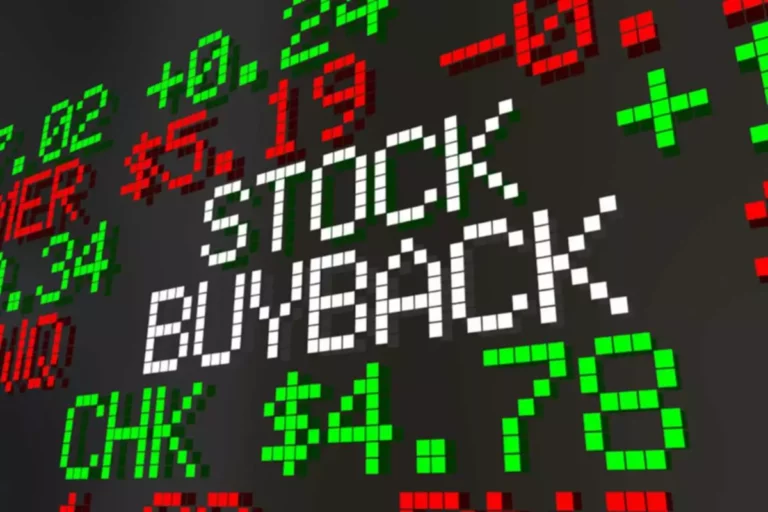Content
Bitcoin liquidity is provided Digital asset by entities with large holdings or on platforms that allow holders to provide liquidity in pools. The value of crypto assets can increase or decrease, and you could lose all or a substantial amount of your purchase price. When assessing a crypto asset, it’s essential for you to do your research and due diligence to make the best possible judgement, as any purchases shall be your sole responsibility. In many AMMs, governance tokens are used to vote on changes to the protocol, such as fee adjustments or upgrades to the liquidity pool algorithms. AMMs can be quickly adapted to include new tokens or change their pricing mechanisms through decentralised governance. We introduce people to the world of trading currencies, both fiat and crypto, through our non-drowsy educational content and tools.
Liquidity in The Dynamic Crypto Markets
By being aware of these factors, traders can minimize the risk of getting caught in illiquid markets, where exiting positions becomes costly and challenging. In order to attract more customers, some crypto exchanges have been accused of artificially inflating What is Crypto Liquidity trading volumes in order to appear to have higher liquidity than it actually has. This is done through “wash trading“, which is the illegal act of fabricating trades where you also act as the transaction counterparty.
How Liquidity Affects Crypto Markets
Fintech startups and trading platforms could integrate crypto to fiat exchange solutions to soften https://www.xcritical.com/ the impact of regional sell-offs. By streamlining cross-border payments, these solutions allow for faster currency conversions and reduce payment delays. There is no guarantee that any crypto asset will have at any time in the future certain value (if any) or market liquidity. Crypto assets are at risk of losing substantial (or all) value within a short time period. Now that we have discussed liquidity at length and why high liquidity matters, you also need to know that there are instances when low liquidity can be beneficial. In an unstable market, this will affect the market price when a large order is placed.
Impact of Liquidity on Crypto Traders
Suppose David wants to invest in cryptocurrency to fulfill his financial goals. Since he was new to the world of cryptocurrency, he was not sure which coin to pick. David decided to invest in ABC coin because of its low price and did not consider the cryptocurrency’s low liquidity. Let us look at a few liquidity in cryptocurrency examples to understand the concept better. As a result, if individuals in those countries want to purchase a digital token, they must buy from a private seller or depend on a peer-to-peer or P2P platform.
Mechanisms Contributing to Crypto Liquidity
As a result, anytime you sell or purchase, there will always be market participants prepared to do the opposite. People can initiate and exit positions in highly liquid markets with little slippage or price fluctuation. Liquidity pools are essential elements in the mechanics of Automated Market Makers (AMMs), especially within decentralized exchanges (DEXs). These pools, set up as smart contracts, hold pairs of assets and empower AMMs to process trade orders.
They commit to trading on both sides of the market (buying and selling), which provides stability to prices, increases liquidity, and reduces price volatility. The number of market participants significantly influences crypto liquidity. An increase in the number of buyers and sellers in the market enhances competition and reduces the bid-ask spread.
This means there’s a greater chance of finding someone to buy or sell your cryptocurrency without significantly affecting its price. This may not be the case for an altcoin with a smaller market capitalization. What happens locally in markets can trigger some wild sell-offs on regional exchanges, which in turn impacts the global crypto market. For example, when martial law was declared in South Korea, local exchanges saw a major sell-off, which created a ripple effect that affected global prices. If the person needed to buy the car for an emergency, this was not possible because selling the painting would have taken a long time.
This massive downturn was caused by the simple rule change in the US banking sector, where banks could sell collateralised debt obligations to the general public. In 2008, the country realised these investments consisted of risky assets that would swiftly turn into liabilities. It measures the rate at which you can pay off your debts as soon as they are due through liquidations of current assets.

But even this flagship digital asset struggles to maintain healthy price levels and incentivise investors outside the crypto sector. This is an unmistakable signal that the industry must change its outlook and strive to utilise groundbreaking blockchain technology with more practicality in mind. Otherwise, liquidity problems will persist in the future, causing more recessions and an eventual collapse of the entire market. Trading volumes are an important factor in determining liquidity in the cryptocurrency market. It refers to the total amount of digital assets exchanged on a cryptocurrency exchange over a given period.

The price is based purely on what crypto exchange you’re on and what this specific “population” of traders is willing to pay. A good way to think of each crypto exchange is to see them as individual “islands“. This is because each and every crypto exchange has its own “population” of buyers and sellers. For example, if you want to buy some bitcoins (BTC) and there aren’t many bitcoin traders on a particular exchange, buying only a small amount of bitcoins might cause a massive increase in price.
A liquid market typically has a narrow bid-ask spread, which is the difference between the highest price a buyer is willing to pay (bid) and the lowest price a seller is willing to accept (ask). In other words, there is minimal price difference between buying and selling. Liquid markets are deeper and smoother, while an illiquid market can put traders in positions that are difficult to exit. The graph above depicts Bitcoin’s daily trading volume for January through August 2024.
- Analyzing the liquidity of Bitcoin and other cryptocurrencies involves closely observing their trading volume and price fluctuations.
- Because the more buy orders (“bids“) and sell orders (‘asks“) placed for a cryptocurrency, the closer the bid and ask prices are.
- To buy a high quantity, you need to be willing to spend a considerable sum more.
- Otherwise, liquidity problems will persist in the future, causing more recessions and an eventual collapse of the entire market.
- First, the large number of traders helps the market stabilise the price effortlessly and without market manipulation.
- This robustness is particularly vital in preventing manipulation in the prices of established cryptocurrencies such as Bitcoin and Ethereum.
Stocks, treasury bills, forex and crypto exchange markets determine the success of practically every publicly traded company in the world, representing the majority of industries across the globe. Tamta is a content writer based in Georgia with five years of experience covering global financial and crypto markets for news outlets, blockchain companies, and crypto businesses. With a background in higher education and a personal interest in crypto investing, she specializes in breaking down complex concepts into easy-to-understand information for new crypto investors. Tamta’s writing is both professional and relatable, ensuring her readers gain valuable insight and knowledge. If a market for a digital asset is illiquid, investors and speculators would expect to see a wider bid-ask spread, making it more expensive to transact in that digital asset.
Typically, more liquid markets trade at higher volumes, but volume alone does not necessarily prelude liquidity. In a highly liquid market, transactions can be executed swiftly, and prices remain stable because the trading volume is high enough to absorb large buy and sell orders. A cryptocurrency with high liquidity is more stable in terms of its market price, while a cryptocurrency with low liquidity tends to have more volatile price movements. In the world of cryptocurrency, liquidity holds tremendous significance as it directly influences the success and stability of digital assets. At its core, liquidity refers to the ease with which a cryptocurrency can be bought or sold without causing significant price fluctuations. It serves as a vital indicator of market efficiency and plays a fundamental role in determining the overall health of digital asset exchanges.
